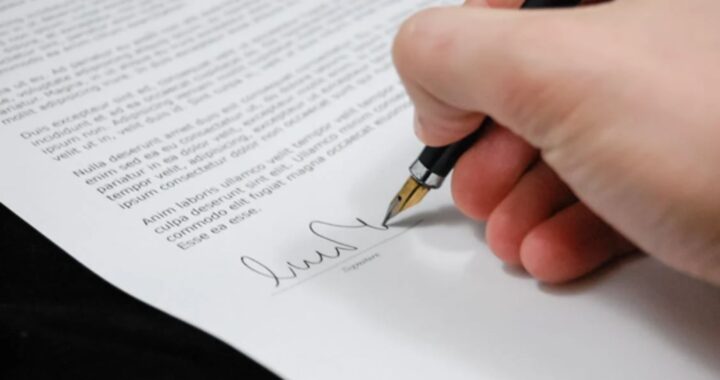
Win-Win Solution for Success What Should You Do During Usg Negotiations for Your Release? (Select All That Apply)
What Should You Do During Usg Negotiations for Your Release? (Select All That Apply)
When it comes to USG negotiations, it’s crucial to have a clear strategy in mind. As someone who has been through numerous negotiations myself, I understand the importance of being prepared and knowing what steps to take. In this article, I’ll share my expert advice on what you should do during USG negotiations to maximize your chances of success.
Navigating USG negotiations can be a complex and challenging process, but with the right approach, you can come out on top. In this article, I’ll walk you through the key actions you should take to ensure a favorable outcome. From setting clear goals to conducting thorough research, I’ll provide you with the essential steps to follow during USG negotiations.
Preparing for USG Negotiations
When it comes to USG negotiations, proper preparation is key to achieving favorable outcomes. In this section, I will delve into the important steps you should take to ensure success. By clarifying your objectives and priorities, conducting thorough research, and building a solid negotiation strategy, you can position yourself for a strong and effective negotiation process.
Clarify Your Objectives and Priorities
Before entering into USG negotiations, it is crucial to have a clear understanding of your objectives and priorities. This will help you stay focused and make informed decisions throughout the negotiation process. Consider the following steps to clarify your objectives:
- Identify your core goals: Determine what you hope to achieve through the negotiation. Whether it’s securing funding, gaining support for a policy change, or resolving a specific issue, clearly defining your objectives will guide your negotiation strategy.
- Prioritize your goals: Not all objectives hold the same level of importance. Prioritize your goals based on their significance and potential impact. This will help you allocate your time, resources, and efforts effectively.
- Consider potential trade-offs: Recognize that in negotiations, compromises may be necessary. Assess the potential trade-offs you are willing to make to achieve your primary objectives. Understanding your limits and boundaries will enable you to negotiate from a position of strength.
Research Your Counterparty
To negotiate effectively with the USG, thorough research on your counterparty is vital. Understanding the dynamics, interests, and motivations of the individuals and agencies involved will give you a competitive edge. Here are some key points to consider when conducting your research:
- Identify the key players: Determine who the decision-makers and influencers are within the USG. This may include elected officials, government agencies, stakeholders, and subject matter experts. Knowing who holds the power and influence will help you tailor your negotiation approach.
- Study their priorities and interests: Research the policies, initiatives, and issues that are important to your counterparty. This will allow you to align your negotiation strategy with their interests, increasing the likelihood of a mutually beneficial outcome.
- Understand their constraints: Identify any legal, regulatory, or budgetary constraints that may impact your counterparty’s decision-making process. By understanding their limitations, you can adjust your negotiation strategy to address these constraints effectively.

Navigating Negotiation Tactics
During USG (United States Government) negotiations, it is crucial to understand and effectively navigate the various tactics employed by the other party. This section will provide guidance on how to handle common tactics, counter credibility attacks, and overcome resistance.
Understanding Common Tactics
In USG negotiations, it is common for the other party to use tactics to gain an advantage or manipulate the situation. By recognizing these tactics, I can better respond and maintain control of the negotiation process. Some common tactics include:
- Aggressive stance: The other party may adopt an aggressive stance to intimidate or assert dominance. It is important to remain calm and composed, responding assertively without escalating the situation.
- Stonewalling: This tactic involves refusing to engage or provide necessary information. In such cases, I should remain persistent and seek alternative ways to gather the required information or move the negotiation forward.
- Time pressure: The other party may impose time constraints to force a quick decision or compromise. It is essential to stay focused and not rush into hasty decisions. I should assess the situation carefully and negotiate for adequate time, if necessary.
- Personal attacks: Occasionally, the other party may resort to personal attacks or criticism to undermine credibility. To counter such attacks, I must remain confident and maintain professionalism. Redirecting the focus back to the negotiation topic can help diffuse the situation.
Ultimately, the goal is to reach a win-win solution by finding common ground and finalizing the agreement in a clear and concise manner. Remember, successful USG negotiations require a combination of effective communication, strategic thinking, and the ability to adapt to changing circumstances.





